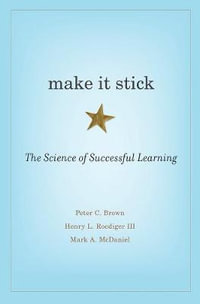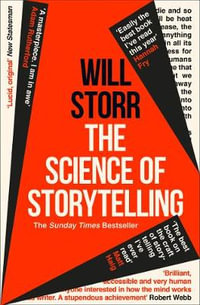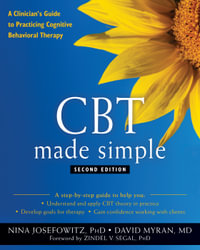| Preface: Confessions of a Neural Romantic | |
| Acknowledgments | |
| Melting the Inner Code | |
| Computational Models, Syntax, and the Folk Solids | |
| A Three-Point Turn | |
| The Many Faces of Folk Psychology | |
| First Answer | |
| Second Answer | |
| Third Answer | |
| The Syntactic Image and Super-Fodorian Realism | |
| Mind as Text versus Mind as Process 3 | |
| Connectionism, Code, and Context | |
| The USP Uncovered | |
| Superposition--a Key Feature | |
| Intrinsic Context Sensitivity | |
| Why Context Sensitivity Does Not Have to ôBottom Outö | |
| Strong Representational Change | |
| On Text and Process | |
| What Networks Know | |
| The Tank and the Sun | |
| Levels of Explanation | |
| The Classical Cascade | |
| Damming the Classical Cascade | |
| Explanatory Inversion in Connectionist Cognitive Science | |
| Beyond Cluster Analysis | |
| The Need for Multiple Analyses | |
| What Networks Don't Know | |
| Hallucinating Knowledge | |
| What NETtalk Doesn't Know | |
| Net Knowledge and Nonconceptual Content | |
| The Representational Redescription Hypothesis | |
| Expertise | |
| Condition-Action Recoupling | |
| Cross-Domain Transfer | |
| Conclusions: Concepts versus Information | |
| Concept, Category, and Prototype | |
| Concepts as Pattern-Recognition Devices | |
| From Definitions to Prototypes | |
| Do We Ever Create the Same Concept Twice? | |
| Goal-Derived Categories | |
| Linguistically Fixed Context | |
| Points of View | |
| Ad hoc Categories | |
| Connectionist Models of Categorization | |
| Plunkett and Sinha's Model of Concept Formation and Vocabulary Growth | |
| Schyns' Modular Neural Network Model of Concept Acquisition | |
| A Common Complaint | |
| The Ubiquity of Theory | |
| Concepts as Elements of Structured Thoughts | |
| The Irony of Central Processing | |
| What Symbols Don't Buy You | |
| From Code to Process | |
| The Presence of a Symbol | |
| Of Codes and Constituents | |
| The Syntactic Image (Again) | |
| Functional Compositionality | |
| Functional Explicitness | |
| The Lost Dimension: Multiple Usability | |
| All the World's a Processor | |
| From Syntax to Process | |
| The Role of Representational Trajectories | |
| A Developmental Journey | |
| Net Failures | |
| How to Learn the Right Thing | |
| The Bigger Picture: Scaffolding and Development | |
| Systematicity and Cognitive Architecture | |
| Escaping the Developmental Vacuum | |
| The Cascade of Significant Virtual Machines | |
| Transition Machines | |
| Hybrid Models | |
| The Past Remembered | |
| Changing the Past | |
| Gross Architecture and Stage-like Behavior | |
| Generalization Revisited | |
| Going Beyond Success | |
| Some Interesting Features | |
| Associative Learning in a Hostile World | |
| Statistical Minds? | |
| The Hostage Problem | |
| Embedded Evolved Associative Engines | |
| The Space of Innate Knowledge | |
| Minimal Nativism9 | |
| Nature's Problem | |
| The Fate of the Folk | |
| Two Dogmas of Super-Fodorian Realism | |
| Causal Efficacy and Propositional Modularity | |
| Superpositional Storage | |
| Natural Kinds | |
| Conceptual Modularity: The Bottleneck of Content | |
| Concepts as Skills | |
| Cognitive Science without Concepts | |
| Explaining Behavior 8 | |
| Dennett and the Missing Innards | |
| The Defeasibility of the Folk Ascriptions | |
| A Net to Cherish | |
| Associative Engines--The Next Generation | |
| A Multi-Dimensional Space | |
| Macrocognition | |
| Bracketing Full Systematicity | |
| Macrocompositionality versus Microcompositionality | |
| Minimal Nativism and Representational Change | |
| Notes | |
| Bibliography | |
| Index | |
| Table of Contents provided by Publisher. All Rights Reserved. |
























